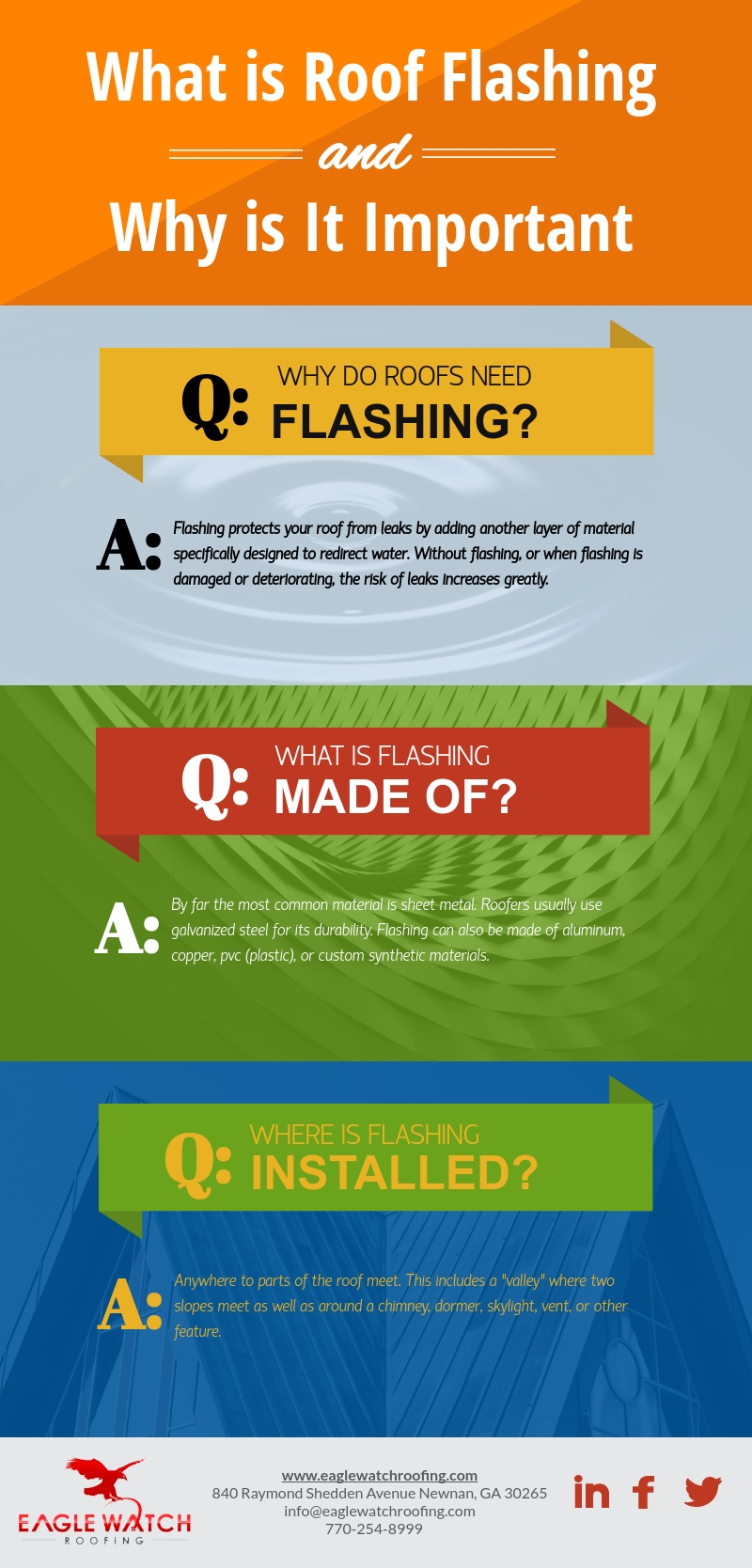When taking into consideration the prices of solar installment, you might wonder about the in advance investment needed and whether it aligns with the potential long-lasting advantages. Understanding the intricacies of these costs and the numerous variables influencing the general return can clarify the value suggestion of transitioning to solar power. By reviewing both the first configuration costs and the projected cost savings with time, you can get insight into whether the investment in solar installment holds guarantee for your economic future.
First Arrangement Costs
When taking into consideration the costs of solar installation, the initial arrangement expenses play a vital function in your decision-making process. These in advance costs include the cost of solar panels, inverters, placing equipment, and installation labor.
The rate of solar panels can vary relying on the brand name, efficiency, and size you pick. Inverters are essential for transforming the sun's power into functional electrical energy and be available in various types such as string inverters, microinverters, and power optimizers, each with its very own expense implications.
Mounting tools, such as shelfs and rails, is required to securely install photovoltaic panels on your roof or residential property.
The installment labor price covers the expert setup of the solar system, making certain that every little thing is established properly and successfully. Bear in mind that while these first setup expenditures might seem high, there are often discounts, tax motivations, and financing options readily available to aid counter the expenses and make solar setup much more inexpensive in the future.
Long-Term Savings Evaluation
To recognize the financial benefits of solar installation in time, it's crucial to perform a detailed long-term financial savings analysis. While the preliminary arrangement expenses of solar panels might seem difficult, the long-term financial savings can exceed these prices considerably. By using the power of the sunlight to generate electrical energy for your home, you can potentially conserve hundreds of dollars on your energy expenses over the life expectancy of your solar system.
Among the key factors to take into consideration in a lasting cost savings analysis is the reduction in your electrical power costs. With photovoltaic panels, you can produce your electrical energy, reducing or perhaps eliminating your dependence on the grid. This can result in considerable financial savings, particularly as energy prices continue to increase.
Furthermore, several federal governments use incentives such as tax credit scores and discounts for setting up photovoltaic panels, even more improving your long-term savings. By making solar hot water installation of these incentives and maximizing your solar power manufacturing, you can appreciate significant financial benefits for years to come.
Roi Computation
Considering the monetary advantages of solar installation, it's time to assess the Return on Investment (ROI) estimation. Identifying the ROI involves contrasting the complete expenses of installing a planetary system with the financial advantages it generates over its lifespan.
To determine ROI, divide the net profit from the system by the complete financial investment cost and increase by 100 to get a portion. The ROI formula is: (Web Revenue/ Total Financial Investment Price) x 100.
As an example, if the total expense of mounting a solar system is $20,000, and over its life expectancy, it generates financial savings and revenues completing $30,000, the internet profit would be $10,000. Separating this by the overall financial investment expense of $20,000 provides a proportion of 0.5. Multiplying this by 100 gives an ROI of 50%.
Generally, best energy company for solar rebates indicates an extra monetarily satisfying investment. Factors like government rewards, maintenance prices, and energy cost changes can affect the ROI of solar setups. Recognizing the ROI helps in analyzing whether investing in solar energy is worth it in the future.
Verdict
In conclusion, recognizing the costs of solar setup is vital for determining if it deserves the financial investment. By taking into consideration preliminary configuration expenses, conducting a long-term cost savings analysis, and computing the roi, you can make an informed decision regarding the financial value of solar energy. With the capacity for decreased utility expenses and boosted energy self-reliance, buying solar installation can be a smart selection for both your wallet and the atmosphere.
